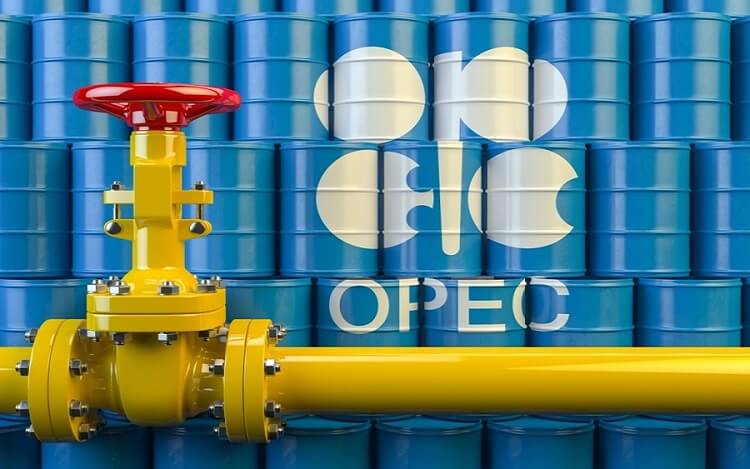The Organization of Petroleum Exporting Countries has said that Nigeria’s inflation rate at 18.17 per cent in March 2021, and weakened currency might slow down the nation’s economic recovery in 2021.
The official exchange rate according to the Central bank of Nigeria is $1/N370 while at the parallel market; the currency had weakened to N475 per dollar.
Advertisement
OPEC in its monthly oil market report for April noted that the global economy’s recovery seems to be gaining pace, due to the vaccination drive and unprecedented fiscal, monetary stimulus measures as well as high savings resulting from lockdowns.
It said, “The response to the pandemic has been generally quick and forceful in many aspects so far, at least in those economies that can afford offsetting measures.”
The report, which was released on Tuesday, showed that the global oil demand which contracted by 9.5 million barrels per day, average 90.5 mb/d in 2020, while the demand is expected to increase by 6.0 mb/d, to average 96.5 mb/d in 2021.
For the Organisation for Economic Cooperation and Development, oil demand is estimated to decline by 5.6 mb/d due to a large drop in OECD Americas and Europe, on the back of the COVID-19 pandemic.
Advertisement
Similarly, for the non-OECD countries, oil demand is estimated to decrease by 3.9 mb/d, led by declines in Other Asia, Middle East and Latin America.
The report showed that demand growth is anticipated to be driven by China, followed by India and Other Asia countries.
It added that a healthy rebound in economic momentum is anticipated to stimulate industrial fuel demand.
According to the report, uncertainties remain unusually high particularly due to issues related to COVID-19 developments, including potential increase in infection cases, the emergence of new variants and the acceleration or deceleration of vaccination rollouts.
Other factors to be monitored closely, as contained in the report include developments in the global and regional economic outlooks, progress in industrial activity, labour markets and the effect of monetary and fiscal stimulus measures.
Advertisement
ENDS



